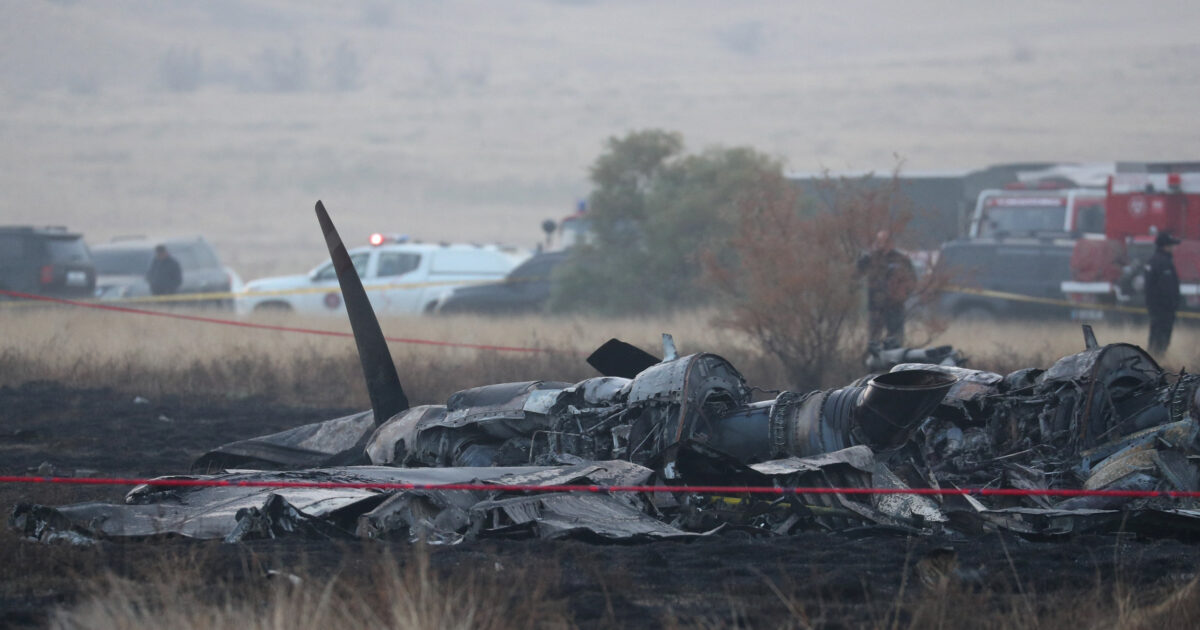In confirming that all 20 military personnel on board the transport aircraft C-130 (Lockheed) which crashed yesterday (11.11.2025) in Georgia are dead, the Ministry of Defense announced Turkey. It opens all possibilities for his crash.
The four-engine C-130 (Lockheed) transport aircraft crashed for an unknown reason in Georgia with the Turkish Ministry of Defense releasing the photos and names of those on board.
Turkish analysts are trying to find the cause of the crash without ruling it out potential sabotage or the aircraft to have been hit by a missile. The fact that pieces fell during its fall raises many questions.
The C-130 transport had taken off from Ganja Airport, Azerbaijan, from where it was returning, carrying members of the Turkish army who had taken part in a demonstration for Baku’s victory in the war against the Armenians in Artsakh.
According to what has become known, it disappeared from the radars a few minutes after take-off, without emitting a distress signal.
— Turkish Ministry of National Defense (@tcsavunma) November 12, 2025
The Turkish ministry asked the media “not to publish any images” of the crash, but videos of the crash are making the rounds online.
The fact the C-130 disintegrated in the air despite its durability specific type of aircraft has caused many questions about the causes of its crash.
Aviation analyst Babak Tagwee says the videos point to a “catastrophic failure” in the central section connecting the wings to the fuselage, a point historically vulnerable to material fatigue. As those who study such events say, such damage is more common resulting in wing detachment, not complete disintegration of the forewing and hindwing.
The Turkish Defense Ministry reported that a C-130 military transport aircraft, which had taken off from Azerbaijan, crashed in Georgia. pic.twitter.com/04g1T04ilP
— NEXTA (@nexta_tv) November 11, 2025
The possibility of mechanical failure in conditions of strong up/down currents over the Caucasus is not ruled out, say analysts. At fragile points, such a load could accelerate cracks.
The fact that the vessel showed signs of decay reinforces the possibility of an explosion. Detachment of both the nose and tail sections is “virtually impossible” to be caused by fatigue, due to the multiple reinforcement points and routine inspections on the C-130.
The tail of the aircraft rests on a reinforced continuous structure with multiple connections, so high internal pressure is required to detach it. The same goes for the front end, whose detachment often suggests an explosion or crash.
All scenarios are being considered by the Turkish authorities. The “black boxes” will be analyzed, while simultaneously examining parts of the fuselage for signs of explosion or structural fracture.
Particular weight is expected to be given to the detachment points of the wings and both ends of the fuselage, in order to establish whether there was an explosion inside or to identify a mechanical cause.
